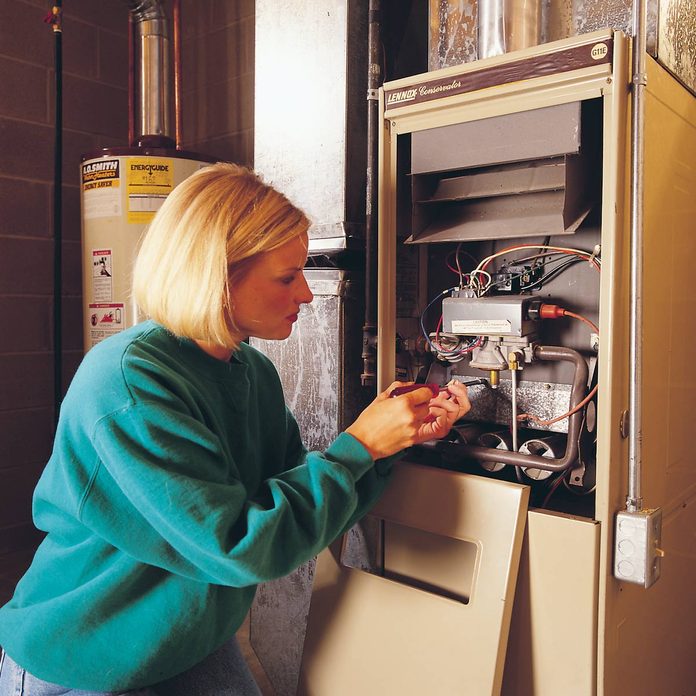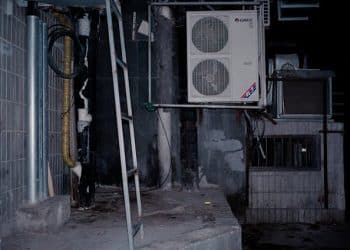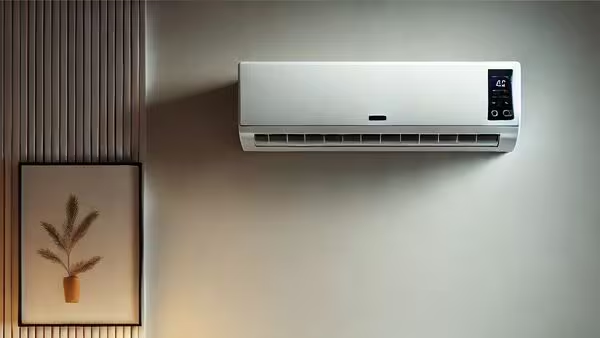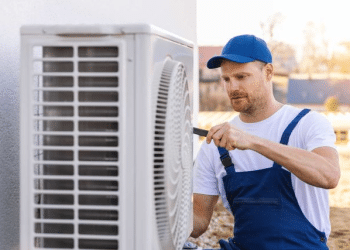Table of Contents
A functional furnace during the winter is necessary, especially in a home with children or older adults. However, it’s hard to know when to repair or replace your furnace. Talking to an expert can help you understand what to do.
To know if you need to repair or replace your furnace, you must do some assessments first. If your technician examines your furnace and tells you that it’s perhaps time to replace it, you should consider it. You can do it just in time for the cold season.
Signs that You Need to Repair or Replace Your Furnace
Whether it’s replacing or repairing a furnace, it’s vital to talk to an expert. You can learn more by doing quick research on when to replace or repair a furnace. There are a few things that you let lead you to what you need to do.
Here is a breakdown of when you need to repair or replace your furnace.
When There Is a Spike in Energy Bills
It is a normal thing for energy prices to keep fluctuating. It is often due to changes in the world fuel market. Sometimes issues with your furnace can disguise as changing energy costs, and that’s where you have to be alert. When you get a hint that your heating bills have changed, sit and compare receipts.
You can compare your current heating bills to previous ones. Even though there is a difference, it shouldn’t be a major. However, when you notice a significant change, you have to consider something might be wrong with your furnace.
The issue could be in the internal parts. They could be straining to function as intended, leading to an unexplainable spike in energy bills. If you call in repair personnel, ensure you get a quote of how much the repairs will cost.
Consider replacing if the repair cost seems to be more expensive than getting a new one. If your furnace has not been in use through the 15-year limit, you can repair it. However, you have to stay on high alert for recurrent needs for repairs.
You Have A Furnace That Is 15 Years and Older
Furnace manufacturers design furnaces to last a maximum of twenty years. Your furnace is likely to experience maintenance issues within that period, especially when nearing the maximum age. Before it hits the fifteen-year mark, you should make a point to schedule repairs in case of any issues. Any maintenance issues that end up costing more than buying a new one should prompt you to replace your furnace.
When your furnace reaches the twenty-year mark without breaking down, it’s up to you to choose to keep it or not. In such an instance when you can’t tell if it’s okay to keep an old furnace or replace it, you can seek the input of an expert.
Noises from the Furnace
There are normal noises that you can expect from a furnace when started or when turned off. You have to be able to tell the difference between regular noise and noise that indicates damage. Some of the sounds that a furnace may make include the following:
- Popping
- Humming
- Screeching
- Rattling
Ensure that you can detect the exact point in the furnace producing the noise. Keeping a diary of how your furnace behaves can be helpful for when you call in a technician.
The maintenance personnel can take care of minor repairs. However, if your furnace has already aged past the recommended marks, you can take the strange noises as an indicator that it’s time to get a new one.
When Your Furnace Starts Emitting Carbon Monoxide
It’s a well-known fact that carbon monoxide is a hazardous gas that has harmed many homeowners. That fact should push you to replace your furnace if it’s emitting carbon monoxide. But, unfortunately, it’s hard to notice when there is carbon monoxide emission in your space.
The reason for that is that carbon monoxide is odorless and colorless. One sign you can look out for to tell you if your furnace emits carbon monoxide is when the flame is yellow instead of blue. You need to call a maintenance expert if you suspect carbon monoxide. Make haste to get a new furnace before winter sets in to be ready for the cold.
Changes with the Thermostat
When you have a malfunctioning furnace, you might notice that some rooms become colder than others at times. Before making any decisions to repair or replace the gas furnace, you can get the input of an expert. From the consultations, you get to know if the problem is something you can have fixed or not.
Wonky readings on the thermostat when you have a furnace may mean that you have to start thinking about replacing your furnace. Also, if your furnace is already 15 years and older and starts behaving this way, you are in the clear to replace it.
Frequent Repairs
You will likely have to start paying for repairs more frequently as your furnace nears its age limit. After that, it begins to get more and more costly to maintain. Keeping a record of the number of repairs you have had to pay for in the last two years can help you know how soon you need to replace your furnace. You shouldn’t have to schedule repairs more than twice in one year if your furnace is still below its age limit.
Final Word
You may have pondered the following when looking at your furnace: repair or replace?
It’s up to you to decide if you want to repair or replace your furnace. Keeping an account of how often you call for repairs and how much you pay can help you decide. Replacing your furnace may seem extreme, but it could end up saving you a lot of inconveniences in the future. A new furnace could be what your space is missing to make it comfortable.








